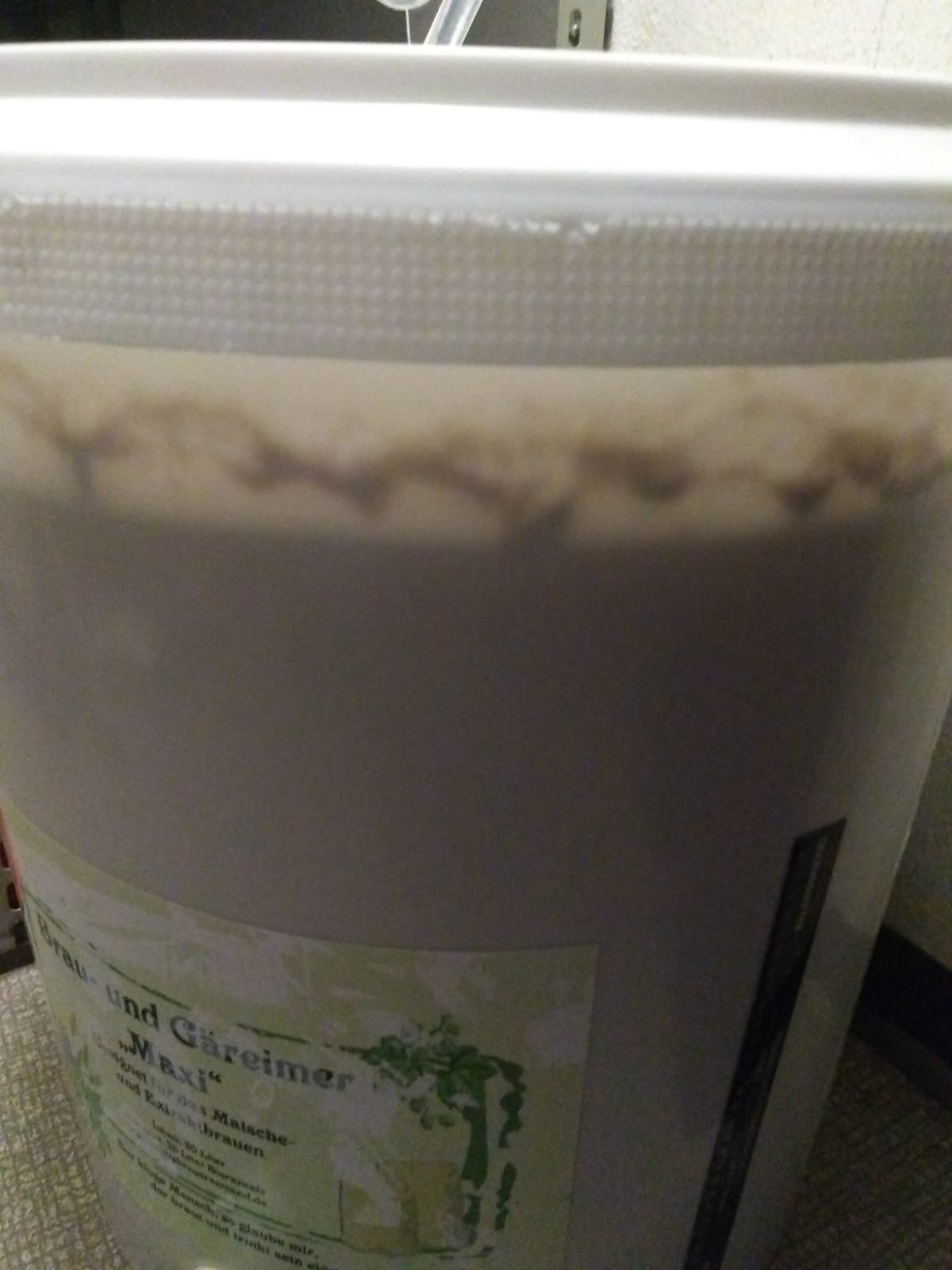I got the beer back up into the 80s but it didn’t really restart. Probably should have roused. Finished at 1014. Kegged it today and will see how it tastes when carbed.
Saved two quarts of slurry, will wash and dry one and repitch the other into an IPA - and will try to keep that up around 90F.
Same on my end. Actually ended up stirring mine with a sanitized spoon and it didn’t budge. I think my mash temp at 156 was enough to create a far less fermentable wort.
I’ll pop a bottle tonight.. 9 days post bottling and see how it is.
EDIT: Bottle popped. Lightly carbonated, but still not quite there. Still delicious!
Last edited:













































![Craft A Brew - Safale S-04 Dry Yeast - Fermentis - English Ale Dry Yeast - For English and American Ales and Hard Apple Ciders - Ingredients for Home Brewing - Beer Making Supplies - [1 Pack]](https://m.media-amazon.com/images/I/41fVGNh6JfL._SL500_.jpg)













